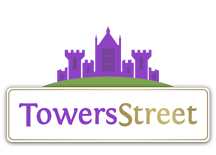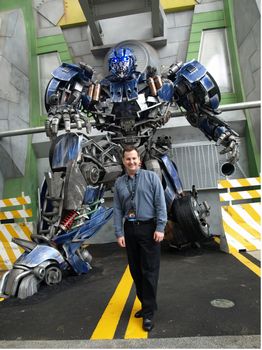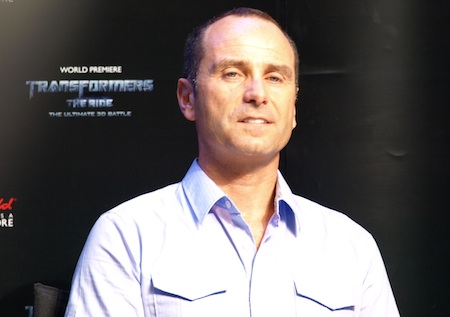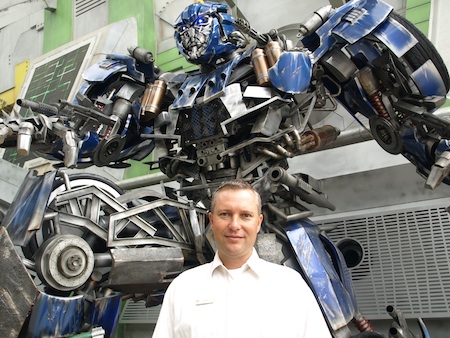Craig
TS Administrator
I would imagine it's a combination of wanting to capitalise on the success of the Hollywood and Singapore along with the realisation theme lost a big chunk of capacity in what is a relatively small park anyway with the loss of jaws. That and the fact there's still a while before the next phase of HP opens, so they have a need for an additional ride to tide things over. I'd imagine things will be very busy construction wise for HP later next year so they'd rather get transformers out the way sooner rather than later.




